
Before the pandemic, those who wanted to see the natural wonder of turtles spawning came to Ostional to take a chance waiting for the moment when a guide was available or would get a group together to enter. For the guides, it was also like playing roulette: they never knew how many people would arrive or how many guides were needed each day.
With these uncertain dynamics for tours, arribadas, the Spanish term for the arrival of large groups of turtles, were synonymous with the community being jam-packed. The street basically turned into one big parking lot and car crashes weren’t out of the ordinary. Visitors crowded together and some people managed to go onto the beach without following the regulations.
“People even said that they didn’t want the tour, that they’d rather go by themselves, and then there were some fights,” Yeimy Cedeño, the administrator of the Ostional Wildlife Refuge (RNVSO- Refugio de Vida Silvestre Ostional), recollected.
Last year, while visits were shut down due to regulations from the Ministry of Health, the community was afraid of having a crowd of visitors during a time when distancing is mandatory and necessary. The guides, in coordination with RNVSO, decided to implement a reservation system for tours.
Our fear was for that first arribada in September, when we opened (after being closed due to the pandemic.) If people didn’t make reservations and the community became overcrowded again, we would have to close due to safety measures,” said Cedeño.
After eight months of working with reservations, the refuge’s administration and the guides consulted by The Voice agree that the measure has been successful in organizing visits to Ostional. The pandemic also gave them a breather to come together and create a common fund that supports conservation projects.
“What we have here is a wildlife resource in a delicate condition,” commented Irene Diaz, a guide affiliated with the Ostional Integral Development Association (ADIO). “And the reservation organized the crowding of people that occurred and that affected the species,” she added.
“It was a radical change,” Cedeño remarked. “It was difficult to visualize it before because people weren’t used to it. Instead, with the pandemic, we learned that to do things, you had to have protocols and guidelines. From then on, the reservation system has been spectacular for us because people accepted it very well.”
Another change is that now RNVSO announces the beginning and end of each arribada on its Facebook page, with contact information for the accredited guides. Before the pandemic, they didn’t do that consistently, which caused speculation.
“There were agencies, tour operators and others who didn’t give verified information, so they began to sell tours for the arribada because they said ‘well, that date is the waning quarter [moon].’ They organized trips and the arribada didn’t come. Then suddenly we had all that bunch of people in Ostional and we didn’t have an arribada,” recalled Cedeño, from RNVSO.
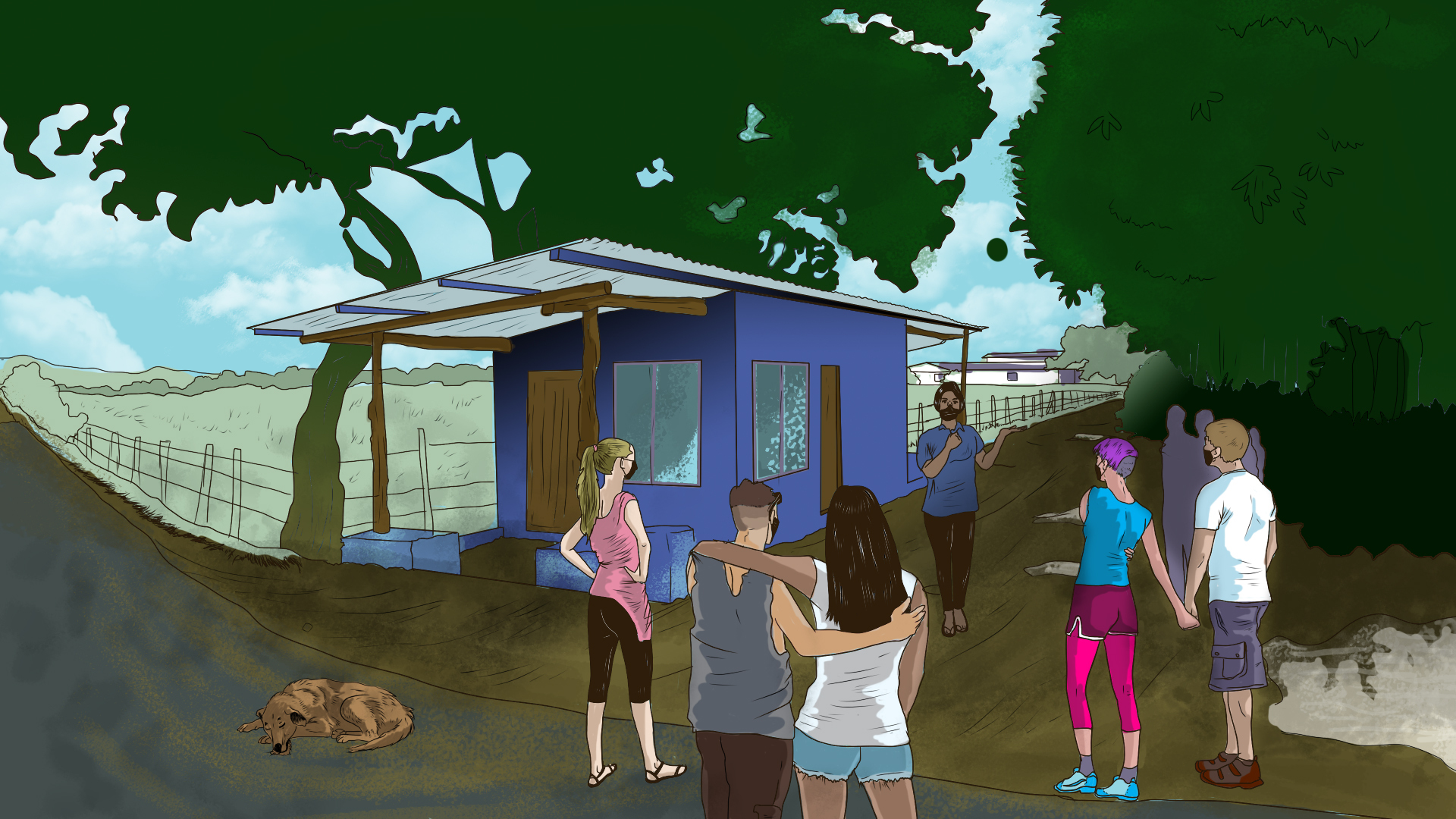
Ilustration: Roberto Cruz
Pending Challenges
Reservations have also created a challenge for guides, especially those who work “independently.” This is because there are two groups of guides in Ostional: ADIO and the Association of Local Guides of Ostional (AGLO), and in addition, the vast majority are “independent” guides.
For the guides, especially those who work independently, it’s a big challenge to promote their service, explained Yamileth Baltodano, who has been a community guide for more than 20 years.
That has limited the guides who sometimes don’t get called and that has hurt their economy because they depend on that activity,” said Baltodano.
“For the refuge, it’s better because it helps them to organize, but for the guides, especially those who don’t have much advertising, it has affected us,” she added.
AGLO guide Gilberth Zúñoga agrees with her, affirming that tourists passing through, those who were driving through the community and stuck around after realizing that there was an arribada, are no longer common.
Added to this are community conditions that negatively impact the local economy, such as the condition of roads and bridges, restricted hours for visiting the beach due to the pandemic and a general decrease in tourism because people don’t intend to travel.
“The hours available for going [to the beach] aren’t the best because the turtle is mostly [seen] at night, and at night, we have limited time,” explained Zúñiga. First it was until 6 p.m. and now it’s until 9 p.m. “It affects us because we have to do the last tour at 8 p.m. and the turtle is usually [seen] at night,” he added.
Baltodano doesn’t understand why extended hours aren’t allowed either. “Many people in the community depend on the tours and we don’t understand why, if people aren’t crowding.”
Grains of Sand
Although an admission fee was established in the law for RNVSO, it doesn’t get charged in practice due to the difficulty of implementing it with the site’s characteristics: three beaches (Guiones, Pelada and Ostional) with multiple accesses.
That’s why a good part of the support for conservation comes from locals who are involved. Starting last year, for example, the guides also established a minimum charge for guided tours during arribada times, mainly to improve their means of income and to contribute to a common fund for beach surveillance and conservation projects, like two hatcheries to protect the eggs of black turtles and leatherbacks.
The fund works like this: the minimum fee charged by the guides for foreigners is $20 and for Costa Ricans, it’s ¢4,000 (about $6.70). Of that fee, $5 and ¢1,000 (about $1.70) respectively, go to the fund.
It’s nice to feel that we’re contributing to conservation,” said guide Irene Diaz, from ADIO. Her colleague, Zúñiga, added: “Before, we were divided, but now, thank God, we’re all united and we’re contributing to the same goal.”
The guides aren’t just dedicated to taking tourists to the beach. Rather, they’re part of the efforts to protect the species and the natural phenomenon of the arribadas. Together, they organize barricades at the entrances to Ostional Beach during the arribada season so that no one can enter in an unregulated way and threaten the species.
ADIO coordinates surveillance to prevent crimes within the refuge, such as the common illegal extraction of eggs. The guides even plan and carry out clean-up days.
The refuge’s manager believes that those who visit Ostional need to recognize and understand that the community and the turtles are linked together. “You visit Ostional and it’s like an exemplary community in how it has made this symbiotic relationship with the turtles. They have benefits, but they also assume responsibilities,” she remarked.
“Both when you visit the place, and when you buy the legally extracted eggs, you’re supporting a sustainable development project. All of this stimulates the local economy,” added Cedeño.


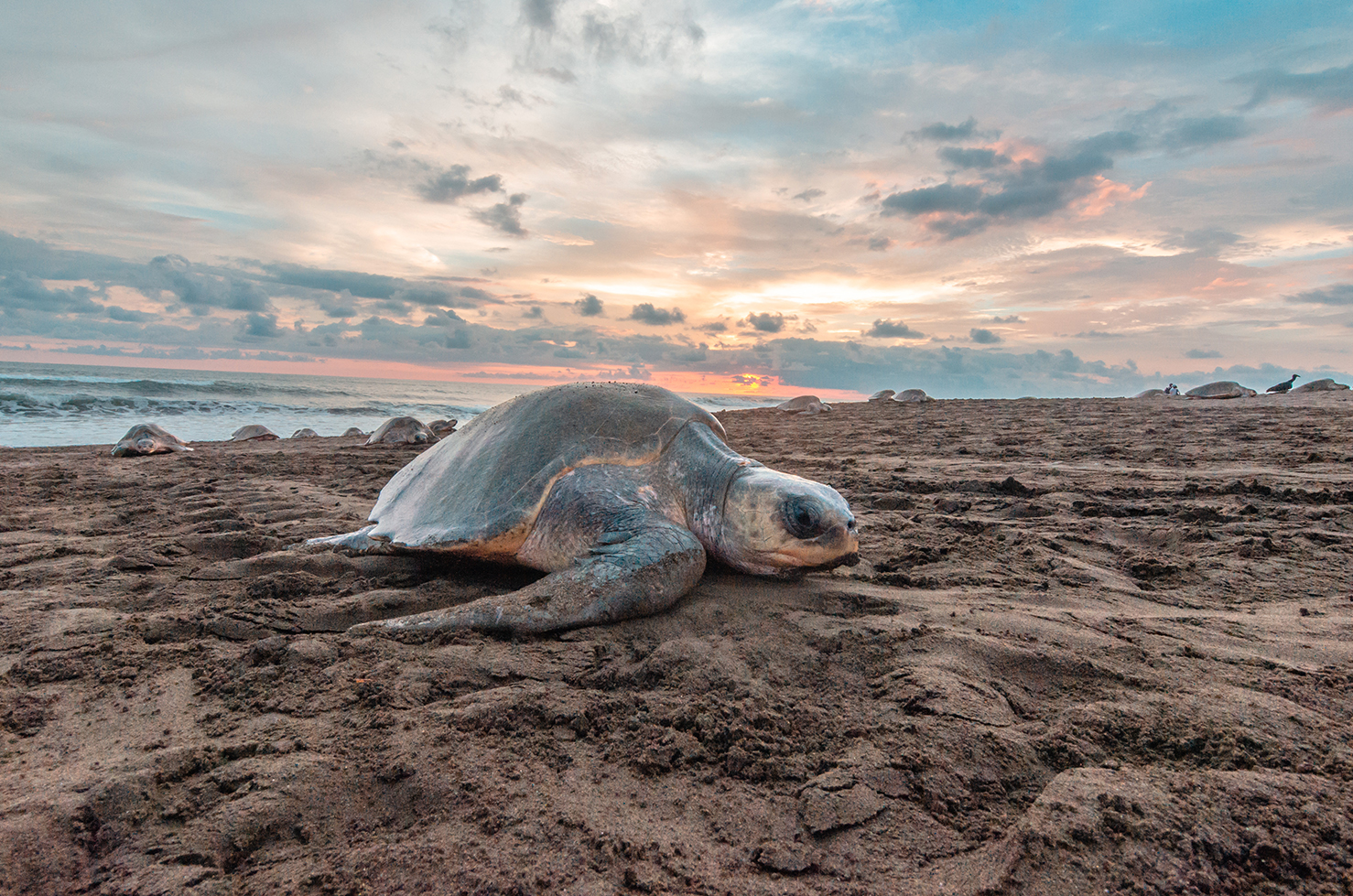
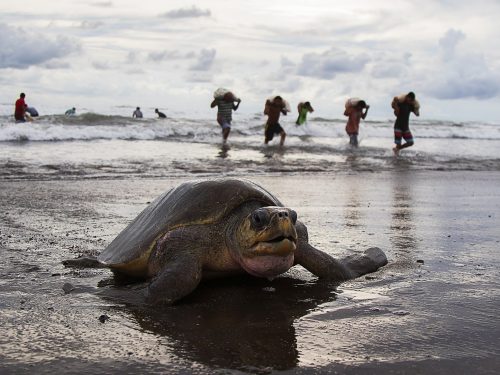
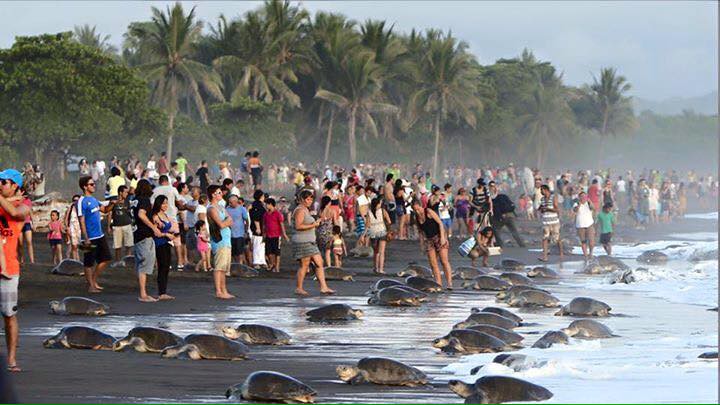
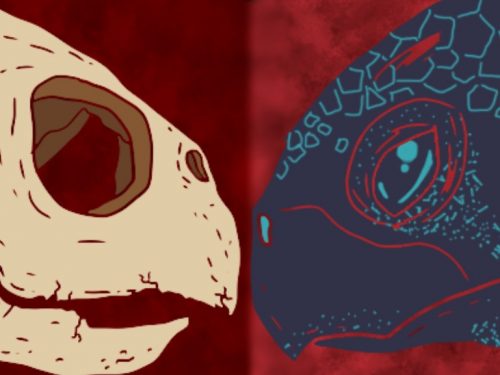

Comments